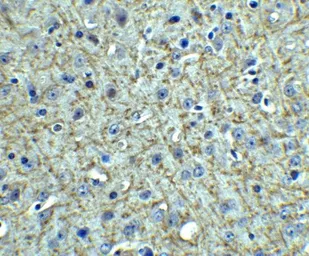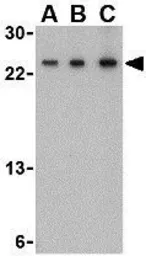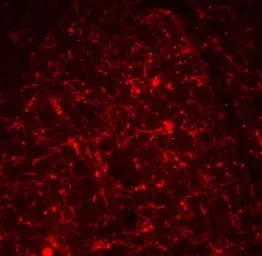TSLP antibody
Cat. No. GTX85059
Cat. No. GTX85059
-
HostRabbit
-
ClonalityPolyclonal
-
IsotypeIgG
-
ApplicationsWB ICC/IF IHC-P ELISA
-
ReactivityHuman, Mouse


